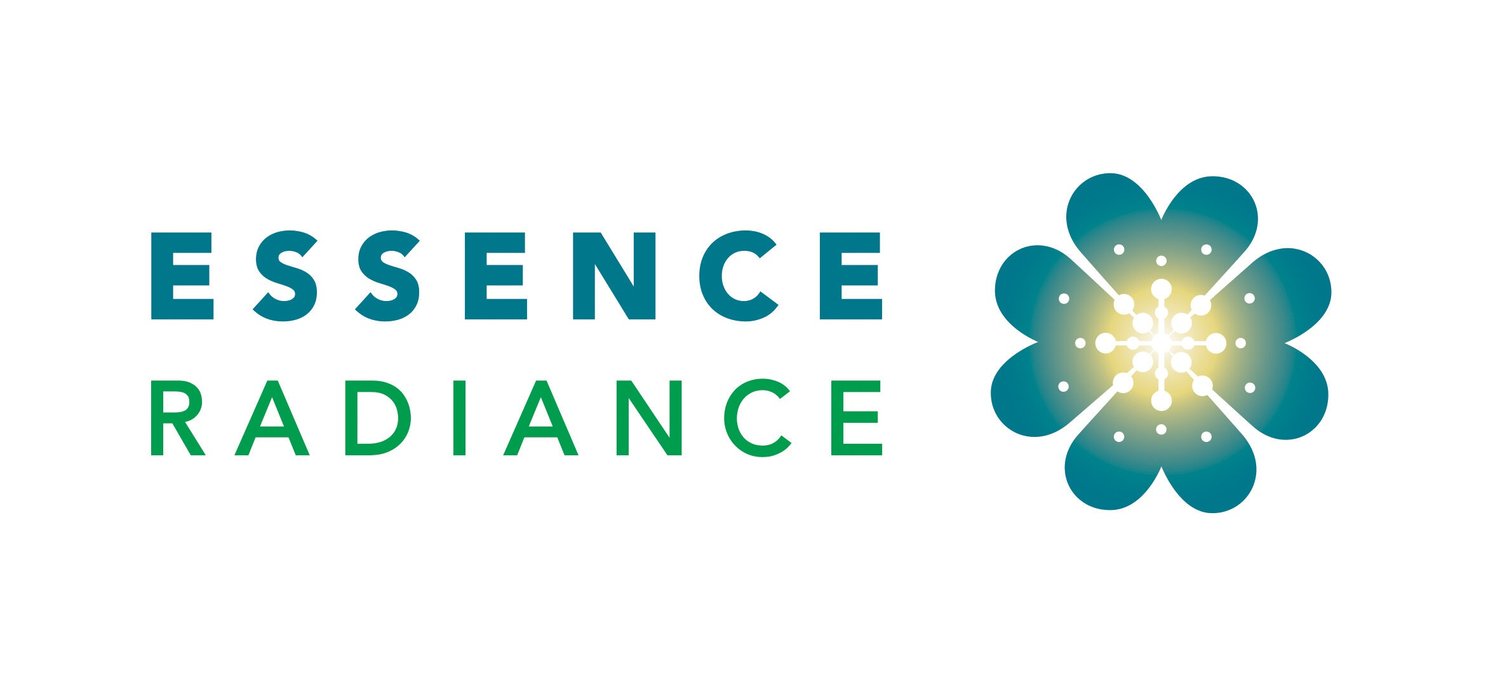Louise Hay’s book You Can Heal Your Life was first published in 1984 and fourteen years later it was still on the New York Times best sellers list. It has sold over 35 million copies worldwide and remains one the definitive self-help books.
For those unfamiliar with Hay’s work, she was a pioneer in explaining the mind-body connection and the metaphysical nature of illness. Her philosophy is simple: the thoughts we think and the words we speak create our experiences and our reality. Hay linked physical ailments with mental causes or negative thought patterns and then developed positive thought patterns or ‘affirmations’ for reversing illness and creating health.
When I first looked up one of my physical complaints in Heal Your Body (Hay’s first book) I read the description and thought ‘how ridiculous’ and dismissed it. After a while, as symptoms continued without improvement, I revisited the book with a more open and objective mind. I let the thought pattern ‘sit’ with me for a while and found that I could indeed relate to it and as I thought more laterally, I also found examples of how I had applied it in my life. I realised my initial reaction of disbelief was actually one of resistance – I did not want to discover the truth – that I was contributing to my own illness through negative thought patterns. This is quite common, particularly for perfectionists who resist discovering an imperfection and are then quick to beat themselves up for it.
Based on my own experience, I recommend you take the opportunity to read any type of metaphysical self-help book with an open mind. Try to remain as detached as possible and refrain from instantly judging yourself. Perhaps it may be easier to look at a someone you know and the illness that they suffer from and explore if the thought pattern rings true. If you can apply the same objectivity to yourself you will be more likely to stumble across a valuable insight into your illness.
It is however, also likely that the theoretical cause simply doesn’t apply to you. This is highly possible since our illnesses are very personal and specific to us. Our symptoms are a unique manifestation of our own personal experiences, thought patterns and emotional reactions. This explains why substantial stress might cause some people to overeat, some to break out in a rash, and others to suffer from insomnia or not eat at all – we’re all different and our body reacts differently to stressors.
I find this to be one of the key benefits of Kinesiology, as muscle testing and the related feedback is unique to your body, allowing you to discover the hidden messages in your own particular symptoms and identify changes that may be required to overcome them.
Some of Louise Hay’s Mind-Body Connections:
Anxiety
Not trusting the flow and process of life.
I love and approve of myself and I trust the process of life. I am safe.
Asthma
Unresolved guilt. Smother love. Inability to breathe for oneself. Feeling stifled. Suppressed crying.
It is safe now for me to take charge of my own life. I choose to be free.
Back Problems
Represent the support of life.
I know that life always supports me.
High Blood Pressure
Long standing emotional problems not solved. A volcano. Making mountains out of molehills.
I joyously release the past. I am at peace.
Pre-Menstrual Syndrome
Allowing confusion to reign. Giving power to outside influences. Rejection of the feminine processes.
I now take charge of mind and my life. I am a powerful woman.
Source: Louise Hay. You Can Heal Your Life. 1984

